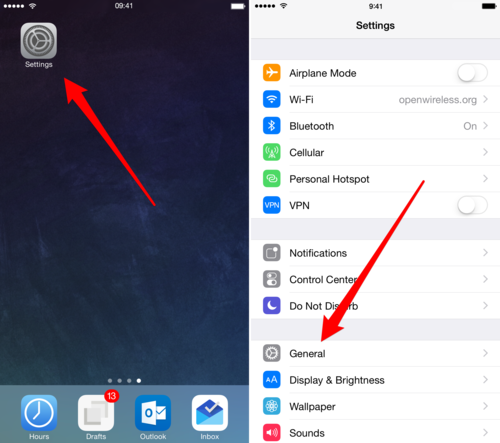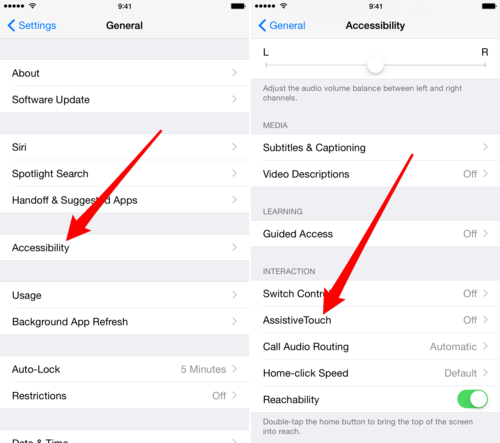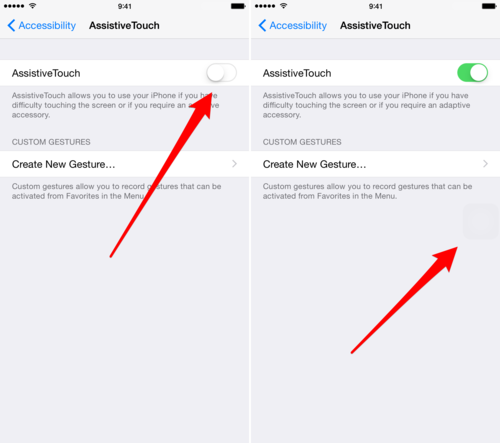My friend Josh told me that I need a blog. I love to write (or rather, to have written), but where to start? What do I write about? Does anybody care? If a blog is written and no one reads it, is it still a blog?
Today I read an excellent article by John Saddington about starting a blog. In reference to how to start, he advises:
With that being said, just start. Just go. Write from the heart. It’ll be bad. That’s okay. It’ll be bad for quite some time. How long should it be? Doesn’t matter. Categories? Doesn’t matter. You should:
-
- Start writing.
- Hit the “Publish” button.
Topics
One of my biggest issues is that I really don’t know what I want to write about. I have so many interests and can’t seem to narrow down the topic list. So I won’t. Saddington again:
You know what writing really is? It’s about putting your completely incomplete and perfectly imperfect thoughts on paper. It’s about facing the stark reality that you’re not as smart as you thought yourself to be and that your beliefs about life (and everything within it) are not as clear as you had hoped them to be.
I will write about anything and everything. I hope in this “experiment mode” I will naturally find what I like to write about by writing.
I expect to write articles relating geocaching, travel, minimalism, networking, Macs, iPhones and life. I hope to share photographs, review a few apps and highlight some of the nuggets I find on the web. Who knows?
Goals
I will grow my audience to 10,000 active readers within the year. Nope. No goals. Instead, I am going to try to work on the system rather than set a goal. In this article, Burkeman states:
Focusing on a system means focusing on what you can control (your actions) rather than what you can’t (the endlessly unpredictable external world).
I am going to set up my Habit List to remind me to work on this blog every day. Some days, I plan to think. Some I will write. Others, I might fiddle with settings. But mostly, just write.
Platform
I choose Svble because I wanted to concentrate on the writing and not fiddling with the settings. My tendency is to experiment with tools and not use them. I also chose the platform because it wasn’t a free option. When I pay, I am the customer. When it’s free, I am the product. I like the simple model of paying for what I use. Also, I figured if I was actually paying for it, I would be more motivated to use it.
Let the experiment begin. Hitting the publish button now…
Updates
February 2015: That didn’t last long. Moved from Svtle to Tumblr.
December 2018: Moved to WordPress hosted my own Amazon Lightsail node.





